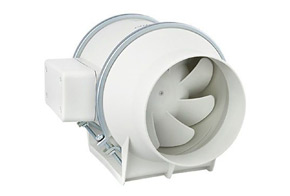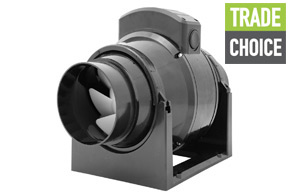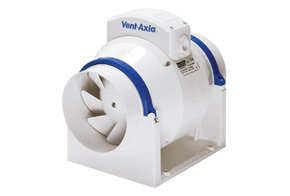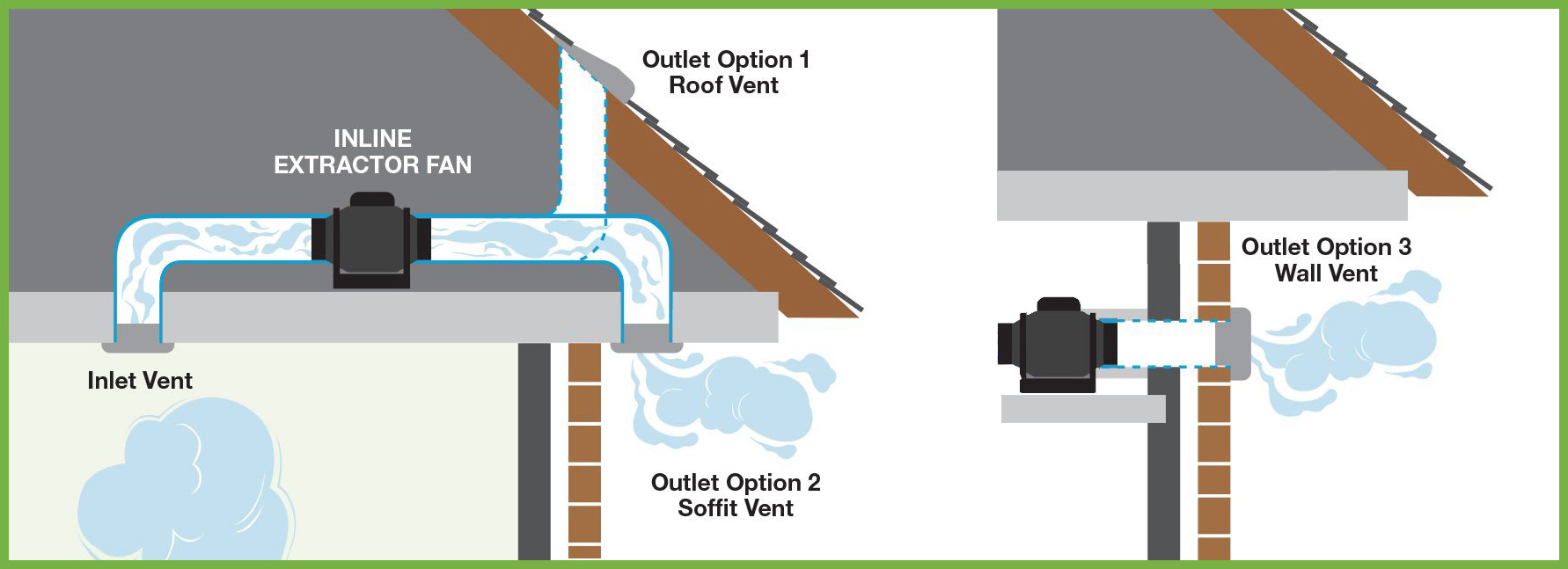-
Heating
- Dimplex Quantum Storage Heaters
- Dimplex Q Rad Electric Radiators
- Electric Panel Heaters
- Infrared Panel Heaters
- Electric Radiators
- Storage Heaters
- Convector Heaters
- Oil Filled Radiators
- Fan Heaters
- Heated Towel Rails
- Heating Controllers
- Over Door Heaters
- Tubular Heaters
- Plinth Heaters
- Workshop & Garage Heaters
- What is Dimplex Control?
- Hand Dryers
- Underfloor Heating
-
Electric Car Chargers
- Pod Point EV Chargers
- Ohme EV Chargers
- Zappi EV Chargers
- Easee EV Chargers
- Hypervolt EV Chargers
- Wallbox EV Chargers
- BG Sync Energy Chargers
- Project EV Chargers
- EVEC EV Chargers
- Indra EV Chargers
- Zaptec EV Chargers
- Hydra EV Chargers
- VCHRGD EV Chargers
- Juice EV Chargers
- Marlec Veva EV Chargers
- Deta eVolo EV Chargers
- Andersen EV Chargers
- EV Cable
- Type 2 EV Charging Cables
-
Extractor Fans & Ventilation
-
Lighting & Light Bulbs
- Ceiling Lights
- Pendant Lighting
- Table Lamps & Desk Lights
- Wall Lights
- Floor Lamps
- Chandelier Lights
- Downlights
- Bulkhead Lights
- LED Strip Lights
- Bathroom Light Fittings
- Spotlights
- Under Cabinet Lighting
- Plinth Lights
- LED Panel Lights
- LED Batten Lights
- Track Lighting
- Emergency Lighting
- High Bay LED Lights
- Low Bay Lighting
- Security
- Solar & Battery
- Smoke Alarms & Detectors
- Circuit Protection
-
Wiring Accessories
- White Sockets
- Brushed Metal Sockets
- Chrome Sockets
- Black Nickel Sockets
- Matt Black Sockets
- USB Plug Sockets
- Antique Brass Sockets
- Zano LED Dimmer Switches
- ML Accessories Sockets & Switches
- Extension Leads, Plugs & Adaptors
- Industrial Plugs & Sockets
- Metalclad Sockets
- Outdoor Sockets
- RCD Sockets & Spurs
- Floor Sockets and Boxes
- MK Prestige Power Poles
-
Cable & Cable Management
-
Tools & Fixings
- Step Ladders & Work Platforms
- Electrical Screwdrivers
- Cable Cutters & Pliers
- Wire Strippers
- Saws Knives & Discs
- Hole Saws
- Drill Bits
- Cable Rods & Draw Tapes
- Crimping Tools
- Tape Measures & Spirit Levels
- Hammers Bolsters & Prybars
- Re-Threading Tools
- Batteries
- Tool Bags
- Utility Keys & Padlocks
- Markers & Spray Paint
-
Brands
- Adax
- Aico Smoke Alarms
- Airflow Fans
- Airforce
- Airmaster
- Anda
- Andersen EV
- Ansell Lighting
- Appleby
- Armeg
- ASD Lighting
- Astro Lighting
- Aurora Enlite
- BG Sync Energy
- BG Electrical
- BP Pulse
- Brackenheath
- Burco
- Channel Safety
- Collingwood Lighting
- CP Electronics
- Crabtree
- Creda Heating
- CT1
- Danlers
- Demon Cato
- Deta Electrical
- Deta.e
- DeXpro
- Dimplex Heaters
- Draper Tools
- Easee
- Eaton MEM
- Elkay
- Elnur Heaters
- Ellipse
- EnviroVent Fans
- Erico Caddy UK
- ESP UK
- Eterna Lighting
- Europa Components
- EV Blocks
- EVEC
- EV Tower
- FireAngel
- Flexicon
- Forum Lighting
- Fusebox
- Greenbrook
- Greenwood Airvac
- Hager Electrical
- Hamilton Litestat
- Havells Sylvania
- Heatrae Sadia
- Hyco
- Hydra
- Hypervolt
- Indra
- Industrial Signs
- JCC Lighting
- Jeani Accessories
- Kewtech
- Kingfisher Lighting
- Knipex Tools
- Kosnic
- Lewden
- Luceco Lighting
- Lumi-Plugin
- Manrose
- Marlec
- Marshall Tufflex
- Meaco
- MK Electric
- MK Sentry by CircPro
- ML Accessories
- MyEnergi
- Myson
- National Ventilation
- Nebo
- NICEIC
- Nuaire
- Ohme
- Philex
- Philips Lighting
- Pod Point
- PowerLED
- Project EV
- Prysmian
- QCells
- Redring
- Ring Doorbells
- Robus LED
Checkout using your account
Checkout as a new customer
Creating an account has many benefits:
- See order and shipping status
- Track order history
- Check out faster













